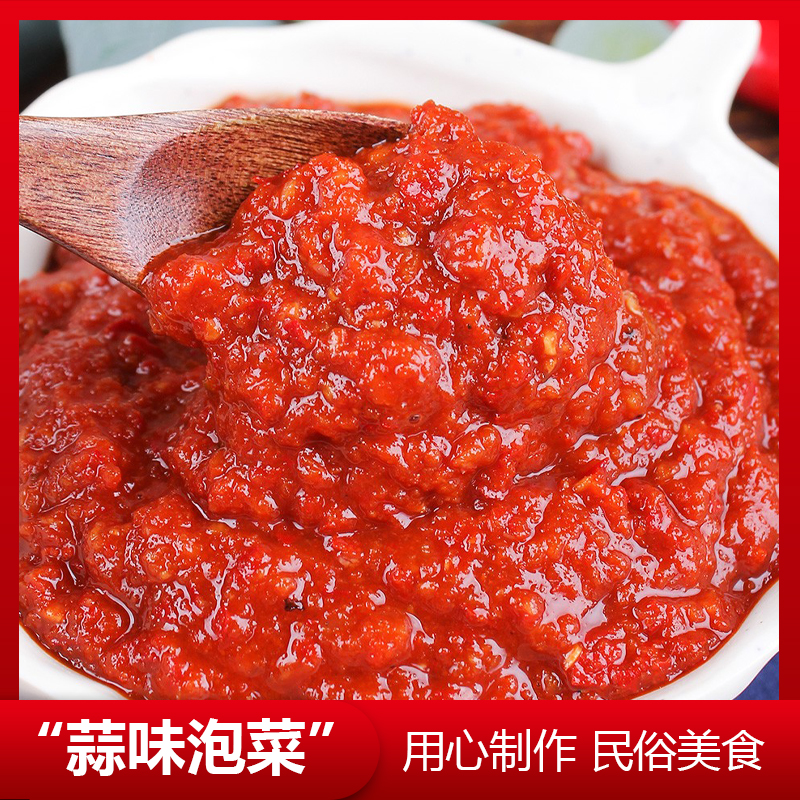Symptoms: Initially, the leaves showed water-soaked, necrotic spots that quickly turned dark brown. The lesions formed a distinct, concentric pattern with dark and light rings, often surrounded by a yellow halo. These symptoms are commonly seen on the upper surface of the leaves and can spread rapidly under favorable conditions.
The pathogen responsible is *Pseudomonas cichorii* (Swinhle) Stapp, also known as *Pseudomonas chicory*. It is a gram-negative, rod-shaped bacterium that possesses polar flagella, allowing it to move through moisture on plant surfaces.
Infection occurs primarily through water splashing or physical contact between leaves. The bacteria enter the plant through natural openings such as stomata or wounds caused by mechanical damage. The optimal temperature for disease development ranges from 17°C to 23°C, and infections are most common during cooler periods of the growing season.
Prevention and control measures include removing infected leaves early to prevent further spread. In the initial stages of infection, applying a 14% solution of Luoyang Bronze (a copper-based fungicide/bactericide) diluted to 350 times the concentration is recommended. This treatment should be applied every 7 to 10 days, with a total of 2 to 3 applications for effective disease management. Additionally, ensuring good air circulation, avoiding overhead irrigation, and practicing crop rotation can help reduce the risk of future outbreaks.
It’s important to monitor crops regularly, especially during cool, wet weather, as early detection is key to successful control. Proper sanitation practices, such as cleaning tools and equipment, can also minimize the spread of the pathogen between plants and fields.
(Word count: 528)
Garlic Flavored Kimchi,Korean Cuisine,Spicy Garlic Kimchi,Garlic Kimchi
Yanbian Jingangshan Food Co., Ltd , https://www.ybjgsfood.com